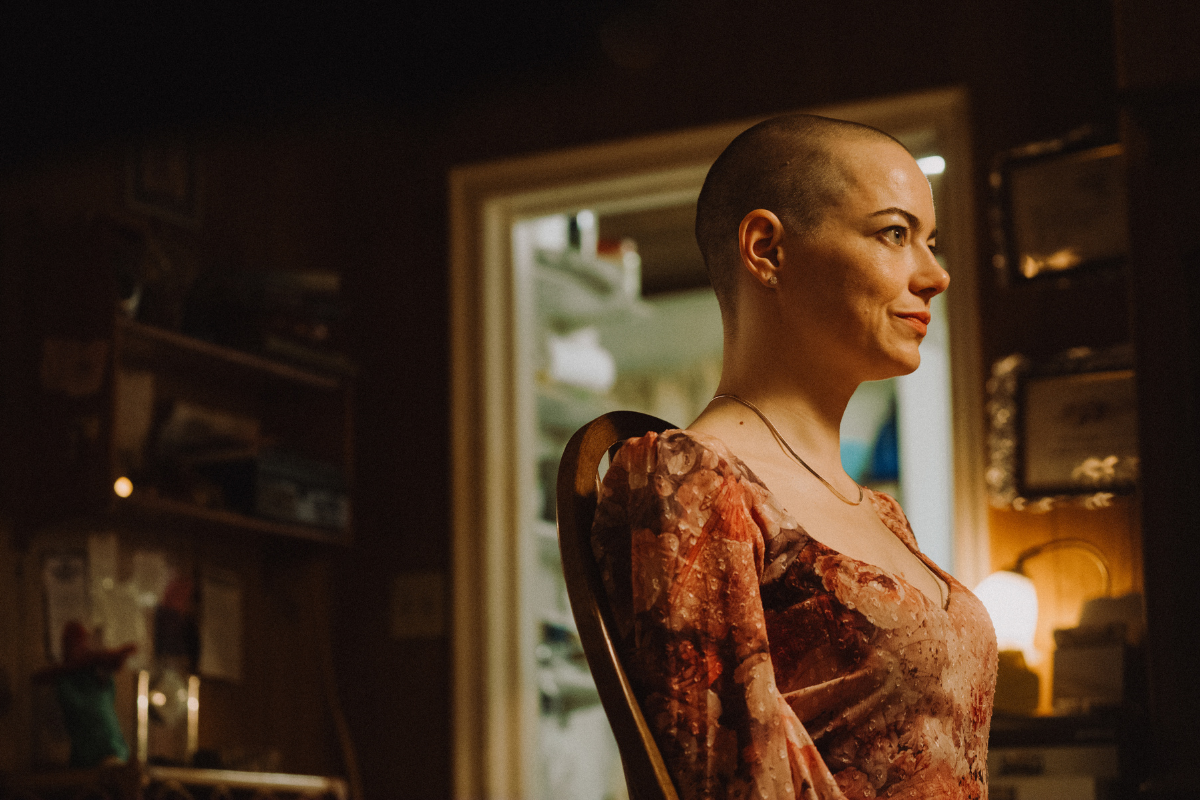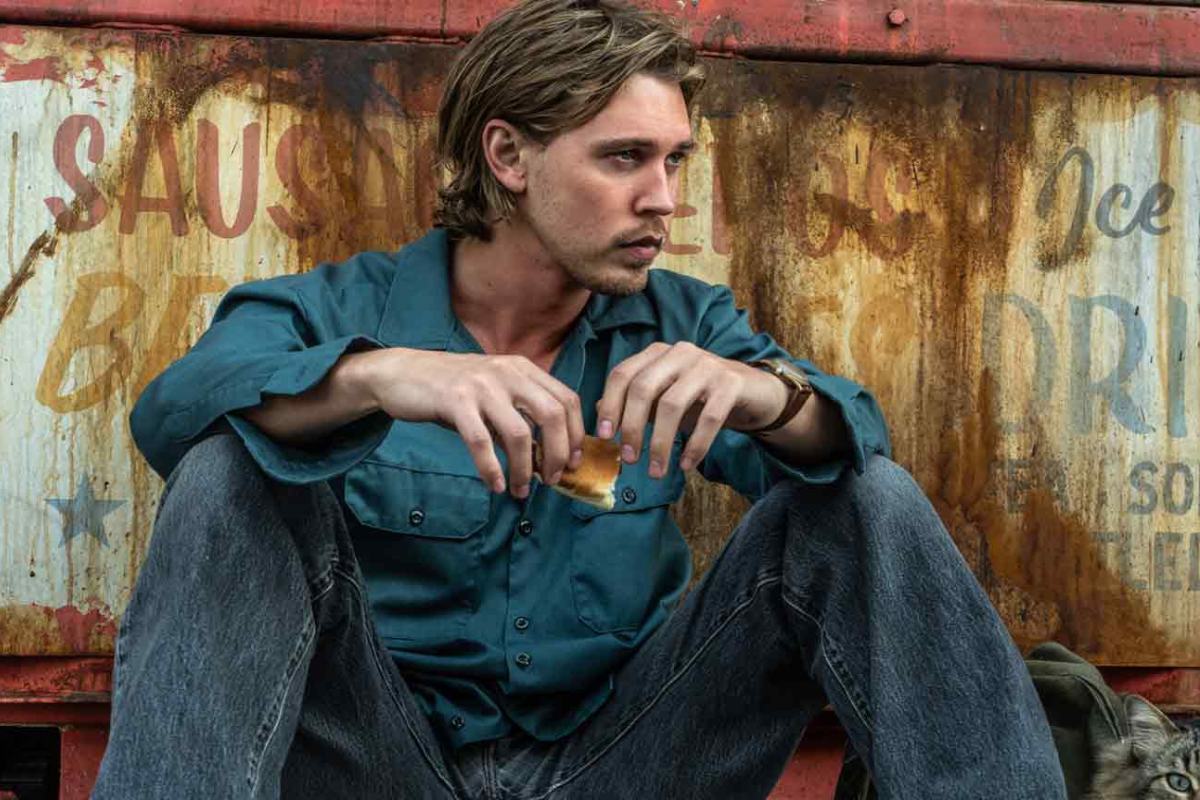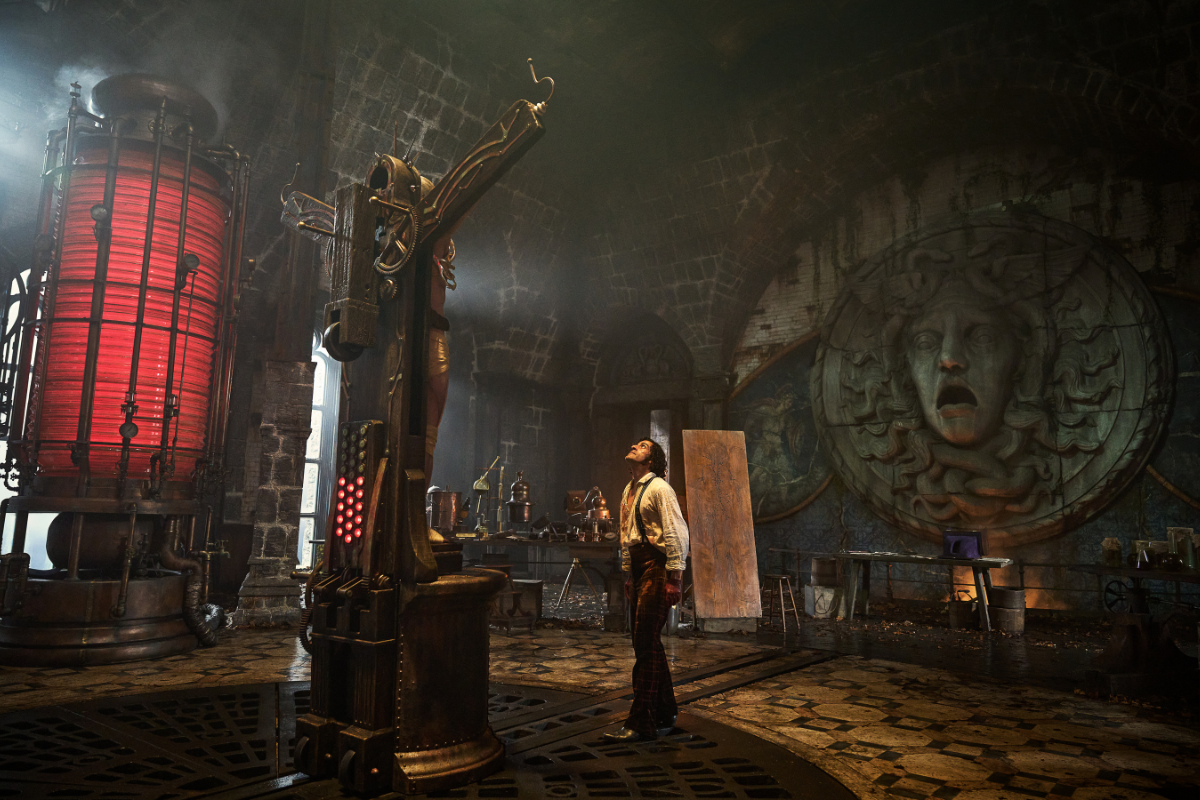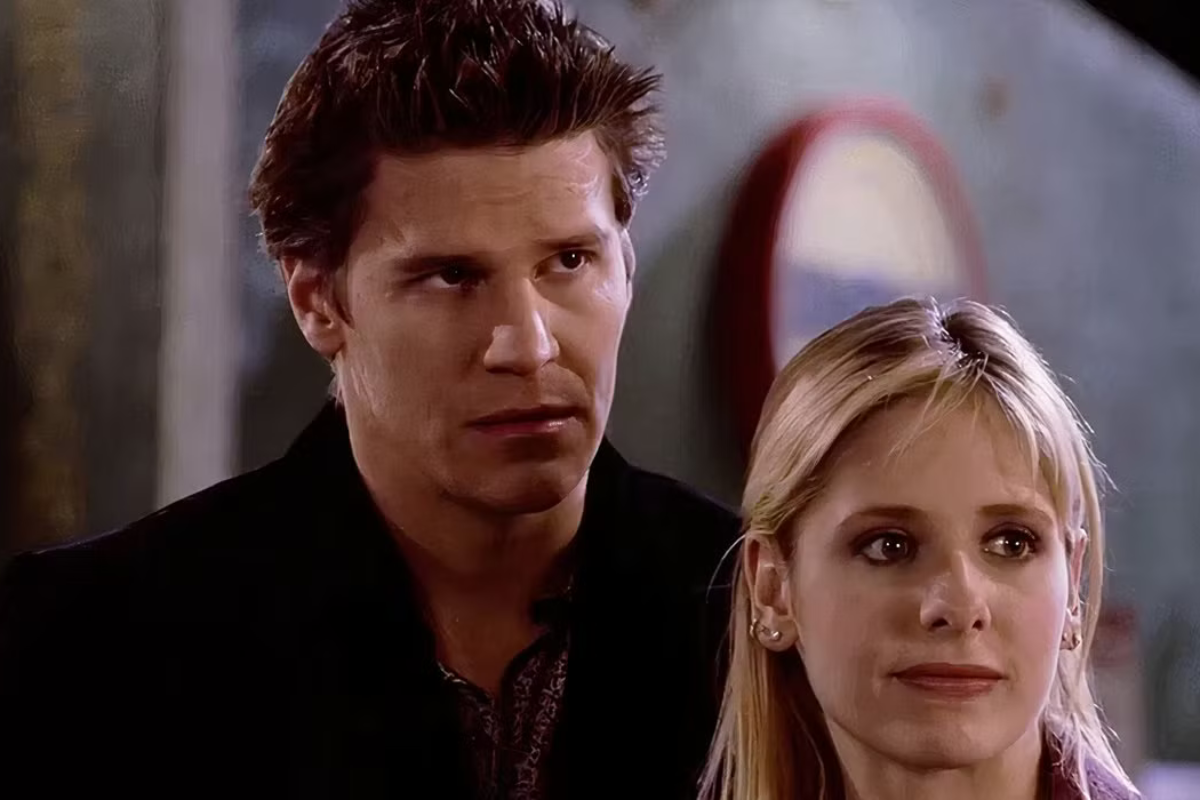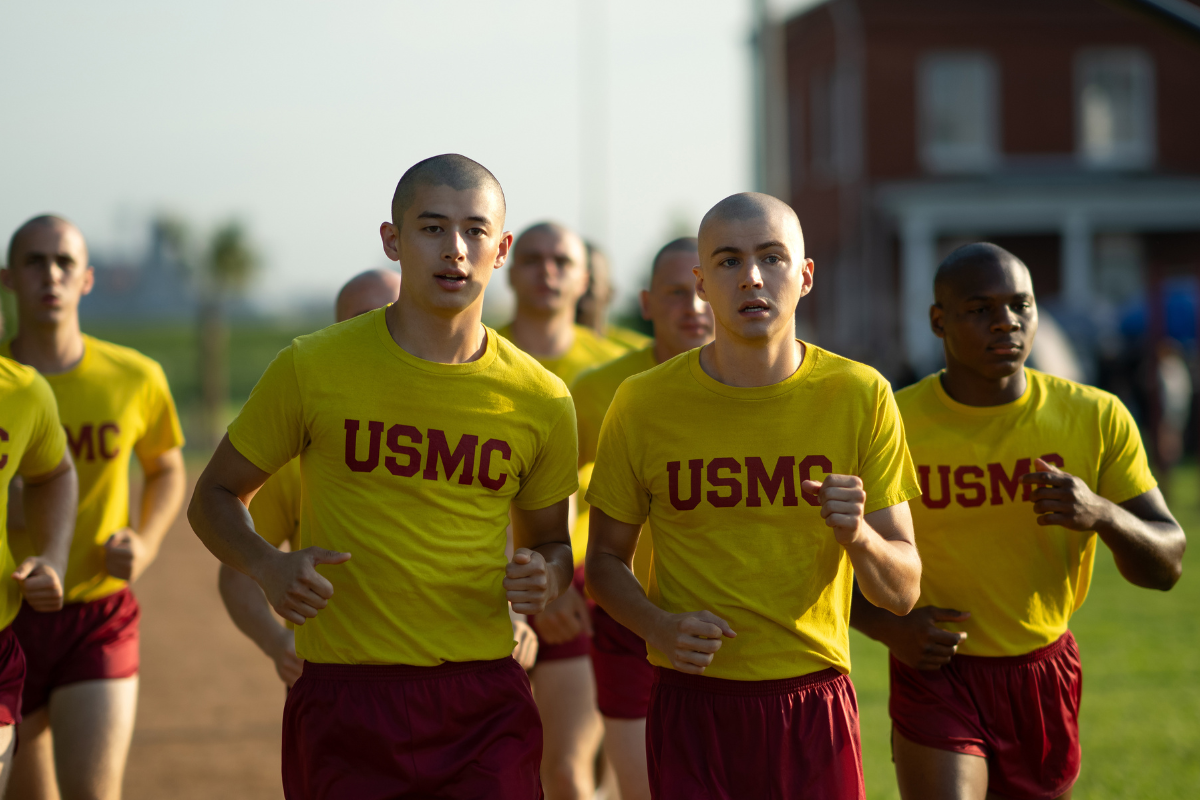COLUMN D: Writing the Buddy Picture
Drew Yanno discusses the ins and outs of writing the buddy picture.
Drew Yanno is a screenwriter, author, script consultant and teacher. Follow Drew on Twitter @drewyanno.
In last month's column, I wrote about the importance of having a single main character in your screenplay and him/her being the focus of most of the scenes. In doing so, I mentioned a couple of exceptions to that notion, and I want to talk about one of those exceptions in this column – the dual protagonist story.
This type of film is most commonly referred to as the “buddy picture.” In this kind of story, there are two main characters, or at least that appears to be the case, based upon shared screen time.
You can no doubt recall a lot of these. Among older films, they include Butch Cassidy and the Sundance Kid and Thelma and Louise. More recently, they include Superbad and Wedding Crashers.
In a single main character film, the main character has a goal or desire which drives the story. The same is true of the dual protagonist story. However, because there are two separate characters, the method of pursuing the goal may be different. It's rare indeed for a dual protagonist story to have two characters with the same exact mindset regarding the object of their desire.
Part of this stems from the fact that in most dual protagonist films, there really aren't two main characters. Upon closer inspection, in these stories one of the two apparent protagonists is actually the main character.
How does one determine that, you might ask. Simple. By asking one question: who makes the decisions that drive the story?
For example, if you look at Butch Cassidy, Butch is really the main character. He makes almost every single big decision. Go back and watch that film and notice how every choice is Butch’s, from robbing the Flyer all the way to running off to Bolivia. In fact, Sundance acknowledges this at one point when he says: “You doing the thinking for us, Butch. That’s what you’re good at.”
The same holds true for John Beckwith (Owen Wilson) in Wedding Crashers. It's he who convinces Jeremy (Vince Vaughn) to go with him to the island belonging to the Treasury Secretary. His decisions also end up causing both of them to be banished from that island later on in the second act.
However, if you were to apply that same decision-making measure to Thelma and Louise or Superbad, you’d have trouble determining a main character.
In the former, Louise starts out as the decision-maker. However, Thelma emerges as the driving force later in the story.
In Superbad, both Seth and Evan seem to make decisions without either emerging as the main character.
In both of those films, you have a true dual protagonist film.
If you choose to write a dual protagonist film, this is going to be one of the first choices you’re going to have to make: equal partners versus one decision-maker. The hybrid is equal partners based upon a swapping of the decision-making (Thelma & Louise).
Personally, I think it’s far more intriguing to have the decision-making role shift from one to the other based upon character growth. In Butch Cassidy, there is no real character growth. They are both simply struggling to come to terms with the changing times.
By way of contrast, in Thelma and Louise, the two women start out as vastly different characters, with Thelma being most in need of busting out of her current life. In her case, it's to escape the marital prison in which she lives. Yet notice how the ultimate goal never really changes in the film. Both want to escape to Mexico rather than return to their old life.
On the other hand, in Wedding Crashers, the goal that started as hooking up at weddings, begins to diverge the moment Jeremy meets Gloria (Isla Fisher). Still, he doesn’t take on the mantle of decision-making for the pair. Instead, they break up over their changing desires, only to re-unite in the final battle in the third act.
Finally, in Superbad, both Evan and Seth have the same goal and make all the decisions together for the most part, remaining united throughout. They even grow similarly as characters at the end, although how that occurs is slightly different.
What makes dual protagonist stories both challenging and fun to write are the choices you’re presented with. While a common goal at the start is essential, all else is on the table.
It’s up to you to make the choices regarding the characters that will then influence which type of "buddy picture" you end up writing.
- More articles by Drew Yanno
- Books and Webinars by Drew Yanno at The Writers Store
- SCRIPT NOTES: Who is the Hero?
- FREE Plot and Character Development Download!
Get more advice from Drew Yanno in his webinar and books at The Writers Store:
Drew Yanno began writing for film in 1993 and has been a member of the WGA since 1995 when he sold his script No Safe Haven to Universal Studios after a six hour bidding war. In 2000, Drew founded the screenwriting program in the Film Studies department at Boston College where he taught for eleven years. He is the author of The Third Act: Writing a Great Ending to Your Screenplay. His second book Idea to Story to Screenplay: a Workbook For Writing the First Draft of Your Screenplay is now available as a Kindle e-book on Amazon. Drew’s first novel In the Matter of Michael Vogel was released in March 2013 and was named one of the best Kindle Books of 2013 by Digital Book Today. In addition to writing and teaching, Drew also worked as a script consultant and served as an adviser to actor and producer Will Smith on a number of projects. Prior to becoming a screenwriter and screenwriting professor, Drew was a practicing attorney and taught law in the Carroll School of Management at Boston College. Follow Drew on Twitter @drewyanno.


